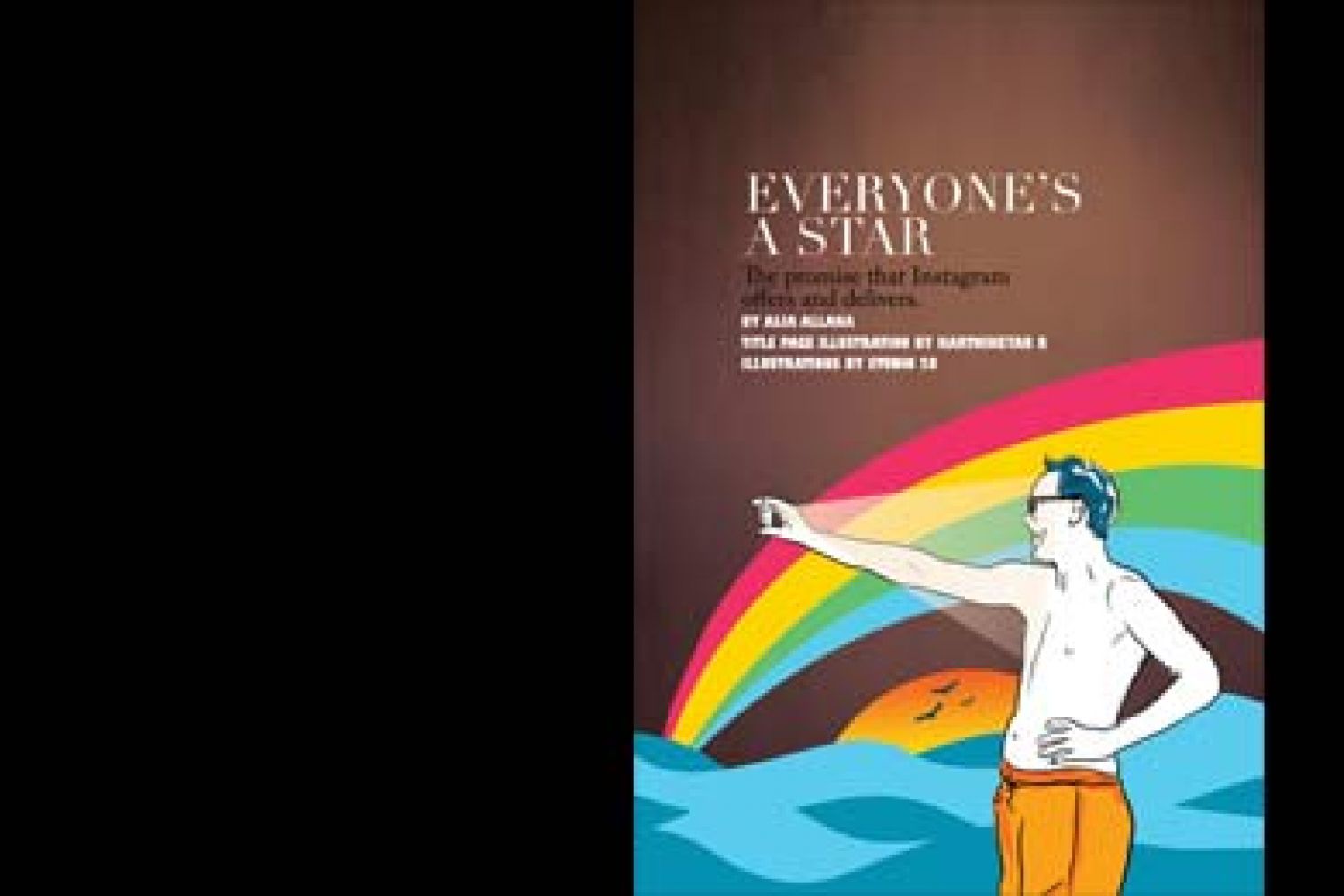
So may the outward shows be least themselves:
The world is still deceived with ornament.
—William Shakespeare,
The Merchant of Venice
A week is the longest unit of time in Instagram. A month is an
eternity; a year is beyond time itself. The world is made of





